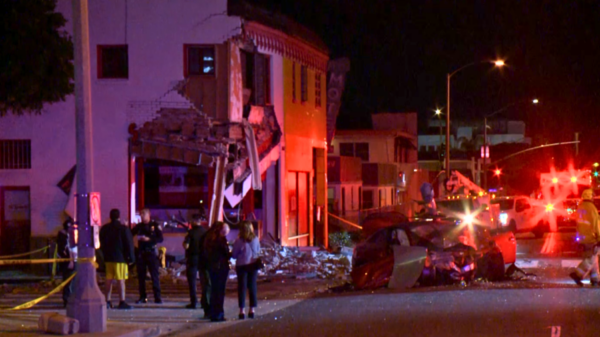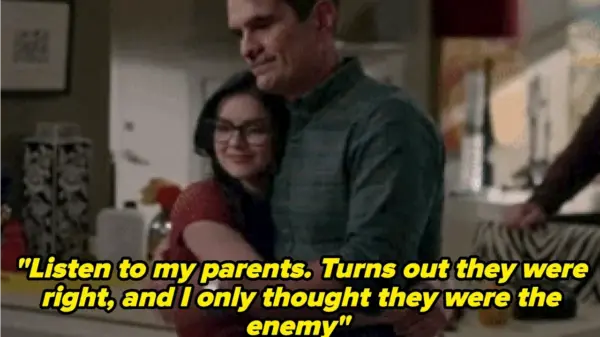A recent incident in Cincinnati has sparked significant controversy as community leaders demand that a victim of a violent beating be charged with inciting felonies. The attack, which occurred earlier this month, involved multiple suspects and has been widely circulated on social media. Police arrested a seventh suspect, Gregory Wright, who allegedly recorded the assault while stealing a gold chain from one of the victims.
The beating involved a group of individuals attacking a victim identified as White. Following the incident, some community leaders have controversially claimed that the victim’s actions incited the violence, suggesting that he should face legal consequences. This perspective has drawn criticism and confusion from various quarters, with many questioning the logic behind blaming the victim for the actions of the assailants.
Community Responses and Reactions
Video footage of the attack has gone viral, leading to widespread outrage. Some local leaders argue that the victim’s behavior provoked the assault, stating, “The white guy incited six felonies.” This statement has been met with backlash, as critics emphasize that such reasoning reflects a troubling trend of victim-blaming in violent incidents.
While some community leaders have called for accountability regarding the victim’s role, others have urged a focus on the perpetrators of the violence. The call for charges against the victim has raised questions about the implications of such a stance, with concerns that it could encourage further violence under the guise of justification.
The debate has highlighted broader societal issues, including the dynamics of race and crime in urban settings. Many have called for a shift in focus towards addressing the root causes of violence rather than shifting blame onto victims.
Legal and Social Implications
Legal experts emphasize that the idea of charging a victim for inciting violence is not grounded in established legal principles. Victims of crime are typically protected under the law, and placing responsibility on them for the actions of their attackers complicates the pursuit of justice.
Critics of the rhetoric surrounding the incident argue that it distracts from genuine efforts to reduce crime and promote community safety. “If the fighting stops, the current leadership loses power,” one commentator noted, suggesting that some factions may benefit from perpetuating conflict rather than seeking resolutions.
The situation in Cincinnati echoes similar incidents in other cities, where victim-blaming narratives have emerged following violent attacks. As discussions continue, many are calling for a united front against violence, urging leaders to focus on constructive solutions that foster community healing and safety.
As the community grapples with the implications of this incident, the outcome of the ongoing discussions may have lasting effects on how violence and accountability are understood within the context of race and crime in Cincinnati.








































































